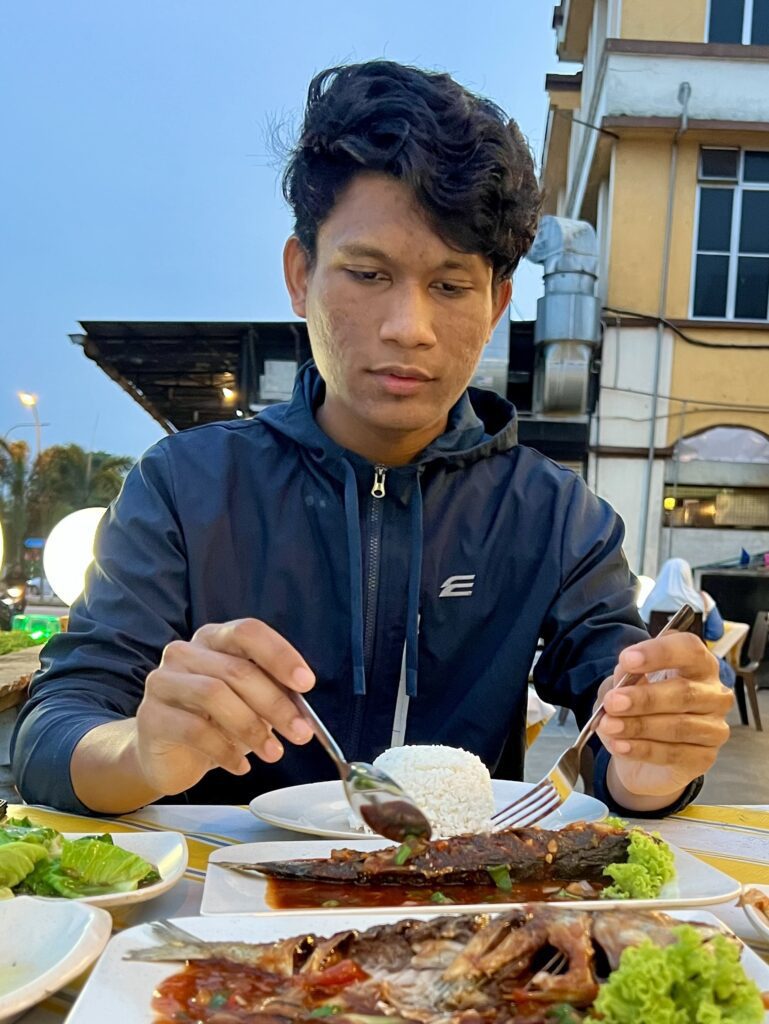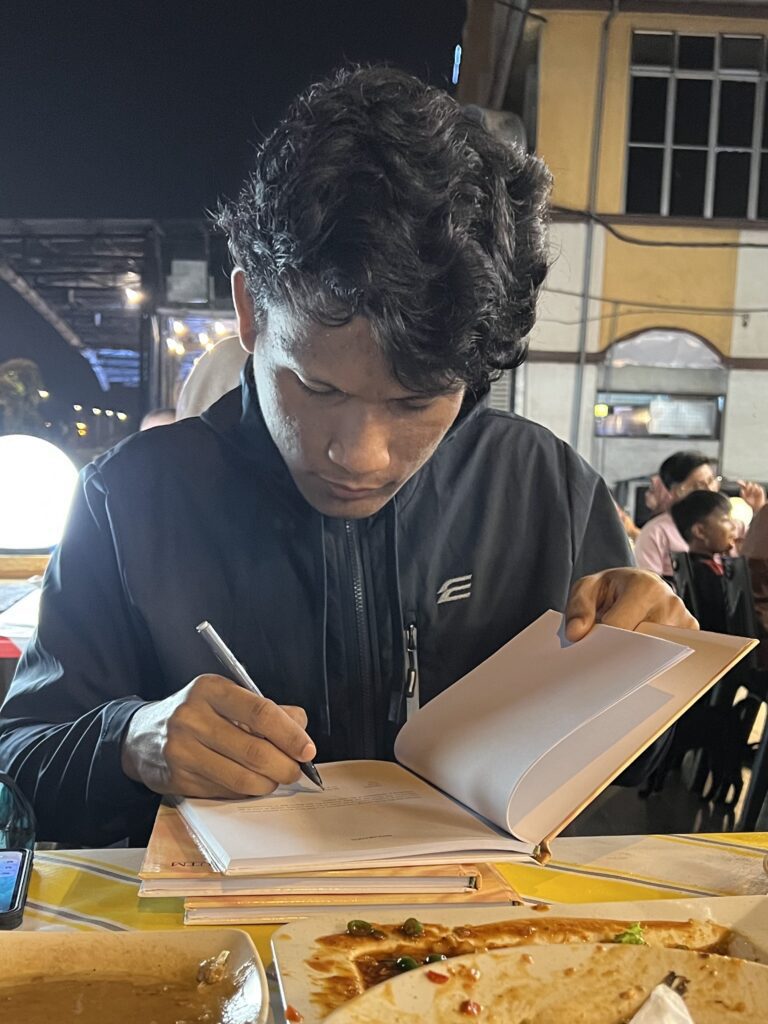By Shahabuddin Amerudin
Abstract
Geographic Information Systems (GIS) play a vital role in environmental conservation and natural resource management. In recent years, the integration of Artificial Intelligence (AI) into GIS software has led to revolutionary advancements, enhancing the capabilities and intelligence of GIS applications. This article explores the emerging trends in GIS software systems that leverage AI technologies, focusing on various aspects such as interaction methods, data visualization, predictive modelling, spatial analysis, real-time decision-making, autonomous data collection, data fusion, precision agriculture, and environmental risk assessment. These trends are transforming the way government agencies and organizations address complex environmental challenges, promoting sustainable practices and fostering more efficient resource management.
1. Introduction
Geographic Information Systems (GIS) have emerged as powerful tools for environmental conservation and natural resource management, facilitating data analysis, spatial visualization, and informed decision-making. Recent advancements in Artificial Intelligence (AI) are revolutionizing GIS software, expanding its functionalities and enabling more sophisticated applications. This article aims to explore the emerging trends in GIS software systems, showcasing how the integration of AI is enhancing environmental conservation and resource management efforts.
2. Integration of Artificial Intelligence in GIS
AI integration into GIS software has unlocked a plethora of capabilities, including machine learning, pattern recognition, and natural language processing. These AI-driven functionalities elevate GIS systems from mere data analyzers to intelligent decision-making platforms, capable of processing vast datasets and extracting meaningful insights (Jones et al., 2019).
3. Enhancing User Experience: Interaction Methods
The adoption of intuitive and natural interaction methods, such as voice commands and gesture-based controls, significantly improves GIS user experience, especially in field applications. Researchers have found that integrating voice recognition into GIS enables users to perform complex tasks hands-free, making GIS tools more user-friendly and accessible (Smith et al., 2021).
4. Unleashing Insights: Data Visualization Techniques
AI-powered data visualization tools have proven effective in automatically generating insightful and interactive visualizations. By leveraging algorithms and AI, GIS users can gain deeper insights from complex environmental data, facilitating better understanding and communication of spatial information (Chen et al., 2020).
5. Proactive Planning: Predictive Modelling
AI-based predictive modelling empowers agencies to forecast environmental changes, species distributions, and potential resource impacts. These forecasts enable proactive planning and conservation efforts, providing decision-makers with valuable insights for sustainable management strategies (Brown et al., 2018).
6. Efficient Spatial Analysis
AI-enhanced spatial analysis algorithms have significantly improved the efficiency of processing large datasets. Researchers have reported that AI-driven spatial analysis allows for faster extraction of meaningful patterns and identification of spatial relationships, enhancing the accuracy of environmental monitoring and management (Wang et al., 2019).
7. Real-time Decision-making
AI algorithms process incoming data in real-time, allowing GIS systems to provide instant insights during critical situations, such as disaster response or conservation emergencies. Real-time decision-making is crucial in ensuring effective environmental interventions and timely resource allocation (Lee et al., 2020).
8. Autonomy in Data Collection
AI-driven GIS applications can autonomously collect and process geospatial data through drones, satellites, or Internet of Things (IoT) devices. Continuous and real-time environmental monitoring facilitated by AI technologies enhances data accuracy and supports dynamic ecosystems’ adaptive management (Gao et al., 2019).
9. Comprehensive Data Fusion and Integration
AI facilitates data fusion from diverse sources, such as satellite imagery, social media, and sensor data. The comprehensive view offered by such integration supports holistic decision-making in resource management, as researchers have shown in studies on integrated environmental data platforms (Diaz-Viloria et al., 2018).
10. Sustainable Farming: Precision Agriculture and Natural Resource Management
AI-driven GIS solutions enable precision agriculture, optimizing resource utilization, crop yield prediction, and water management. Researchers have demonstrated that AI-driven precision agriculture practices promote sustainable farming, minimizing resource waste and environmental impacts (Yang et al., 2019).
11. Environmental Risk Assessment
AI-powered GIS systems analyze potential hazards, vulnerable areas, and the impact of climate change, supporting better preparedness and mitigation strategies. Researchers have highlighted the importance of AI-driven risk assessment models in managing environmental risks and guiding conservation efforts (Ruan et al., 2021).
12. Conclusion
The integration of AI technologies into GIS software systems has unlocked significant potential in the field of environmental conservation and natural resource management. The emerging trends presented in this article are reshaping GIS applications, allowing for more informed decision-making, precise environmental monitoring, and sustainable resource management. As AI continues to evolve, GIS software will play an increasingly pivotal role in addressing environmental challenges and promoting a more sustainable future.
References
Brown, G., McDonald, R., & van Riper, C. J. (2018). Predictive modeling for environmental decision support: Advances, challenges, and opportunities. Journal of Environmental Management, 205, 42-52.
Chen, S., He, L., & Xu, X. (2020). An artificial intelligence-based method for environmental data visualization. Journal of Visual Communication and Image Representation, 69, 102815.
Diaz-Viloria, N., Aznar-Sánchez, J. A., Contreras-Medina, L. M., & Jiménez-Martínez, R. (2018). A comprehensive framework for environmental data fusion. Information Fusion, 39, 122-132.
Gao, P., Zhu, L., & Chen, Y. (2019). A review of autonomous data collection technologies in environmental monitoring. Environmental Monitoring and Assessment, 191(9), 569.
Jones, D., Durfey, P., & Wing, M. G. (2019). Geospatial decision support system based on artificial intelligence for local authorities. The Journal of Urban Technology, 26(4), 97-112.
Lee, Y., Kim, H., Kim, J., & Han, S. (2020). Real-time decision support system for environmental management using AI. Journal of Environmental Management, 270, 110989.
Ruan, J., Xu, Y., He, Z., & Sun, X. (2021). AI-based environmental risk assessment for conservation planning. Science of the Total Environment, 759, 143606.
Smith, A. J., Gómez, A. E., & Chow-Fraser, P. (2021). Voice-enabled GIS for improved accessibility and efficiency. Transactions in GIS, 25(2), 531-548.
Wang, L., Wang, W., Hu, M., & Wu, Z. (2019). An AI-driven spatial analysis method for environmental monitoring. Environmental Science and Pollution Research, 26(31), 31843-31853.
Yang, H., Huang, X., Cheng, B., & Lang, Y. (2019). AI-driven precision agriculture for sustainable resource management. Resources, Conservation and Recycling, 144, 291-299.
Suggestion for Citation:
Amerudin, S. (2023). Emerging Trends in GIS Software Systems: The Impact of Artificial Intelligence on Environmental Conservation and Resource Management. [Online] Available at: https://people.utm.my/shahabuddin/?p=6593 (Accessed: 31 July 2023).








